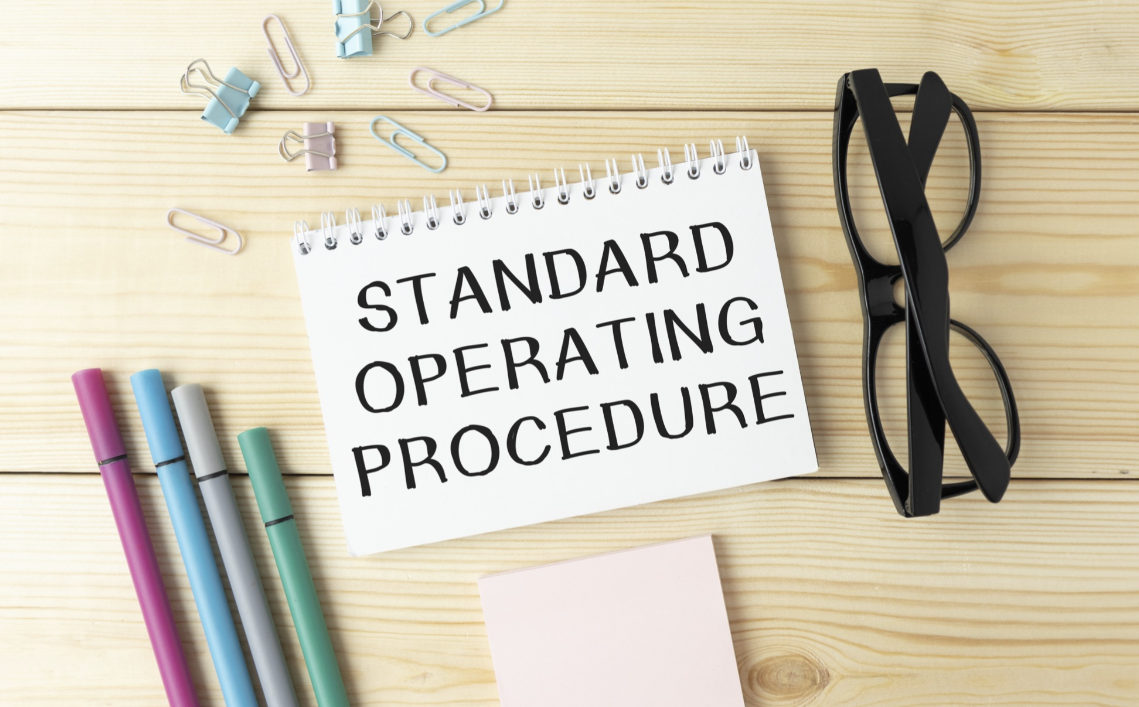In today’s fast-paced business environment, efficiency and consistency are key to success. Standard Operating Procedures (SOPs) play a crucial role in achieving operational excellence and maintaining consistent processes. Documenting your SOPs provides a clear roadmap for your team, reduces errors, and fosters a culture of continuous improvement. In addition, robust documentation of your SOPs is a key driver of the value of your business when it comes time to sell. In this article, I’ll describe practical steps to help you effectively document your SOPs and streamline your business operations.
Understand the Importance of SOP Documentation:
Before diving into the documentation process, it’s vital to recognize why SOPs matter. Documented procedures provide a reference point for employees, ensure consistent quality, enhance training and onboarding processes, and enable effective delegation and accountability. SOPs serve as valuable assets when scaling your business or transitioning roles, ensuring seamless operations throughout.
Identify and Prioritize Key Processes:
Begin by identifying the critical processes that drive your business. These could include customer onboarding, product development, inventory management, or any other area that significantly impacts your business’s success. Prioritize the processes based on their impact and complexity, focusing on those with the most significant potential for improvement.
Involve Relevant Stakeholders:
Collaboration is key to capturing the most accurate and comprehensive SOPs. Involve the employees who perform the tasks regularly, as they possess first-hand knowledge and insights. Engage employees from different departments to gain diverse perspectives and ensure the procedures align with the overall organizational goals.
Document Step-by-Step Instructions:
Break down each process into clear and concise step-by-step instructions. Use a consistent format, including a title, objective, materials needed, and a detailed walkthrough of each step. Use bullet points, diagrams, flowcharts, or screenshots to make the instructions more accessible and visually appealing. Remember to include any necessary safety precautions or legal considerations.
Incorporate Best Practices and Variations:
SOPs should include not only the standard procedure but also any variations or exceptions that may arise. Address common challenges, provide troubleshooting tips, and outline alternative approaches for specific scenarios. Including best practices gathered from experienced team members ensures that your SOPs reflect the most effective and efficient methods.
Seek Continuous Feedback and Review:
SOPs should never be set in stone. Encourage feedback from employees who use the procedures regularly and revise the documentation accordingly. Regularly review and update SOPs to reflect changes in technology, regulations, or industry standards. Consider appointing a dedicated team or assigning responsibility to individuals to manage and maintain the SOP repository.
Centralize and Standardize SOPs:
A central repository for your SOPs is crucial for accessibility and consistency. Use digital tools or document management systems to store and organize your procedures. Ensure the SOPs are easily searchable, categorized by department or process, and accessible to relevant team members. Standardize the format and naming conventions to maintain clarity and ease of use.
Train and Onboard Employees:
Effective training and onboarding are key to ensuring successful implementation of SOPs. Develop a comprehensive training program that familiarizes employees with the procedures and emphasizes their importance. Provide hands-on practice, feedback sessions, and ongoing support to reinforce adherence to the documented processes.
Monitor and Measure Performance:
Regularly monitor and measure the performance of your processes against the documented SOPs. Implement key performance indicators (KPIs) to track adherence, efficiency, and quality. Analyze the data to identify areas for improvement and provide feedback to employees, recognizing their achievements and addressing any performance gaps.
Cultivate a Continuous Improvement Culture:
Documented SOPs lay the foundation for a culture of continuous improvement. Encourage employees to suggest updates, modifications, or entirely new procedures when they identify opportunities for enhancement. Foster a collaborative environment that values innovation and rewards employees for their contributions to streamlining operations.
I help entrepreneurs buy and sell remarkable businesses as well as help them plan their exits. If you would like to learn more about how much your company is worth and/or how to maximize the value of your business at exit, Click Here to schedule an introductory call with me or feel free to email me dave.godwin@cbiteam.com. I will help you discover how to find out if it’s the right time to exit and help you ask a higher selling price for your business. All information is managed in the strictest of confidentiality.



